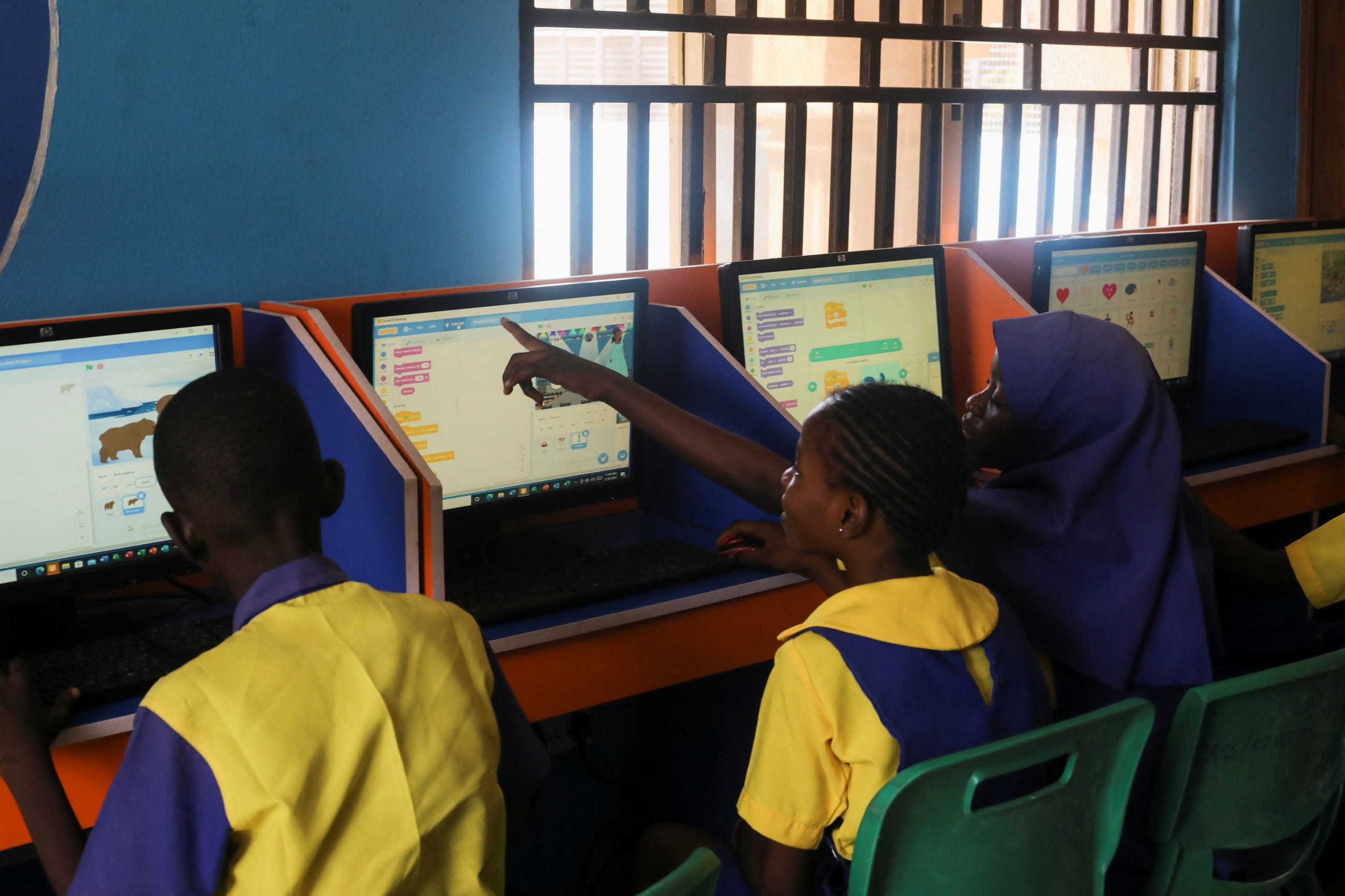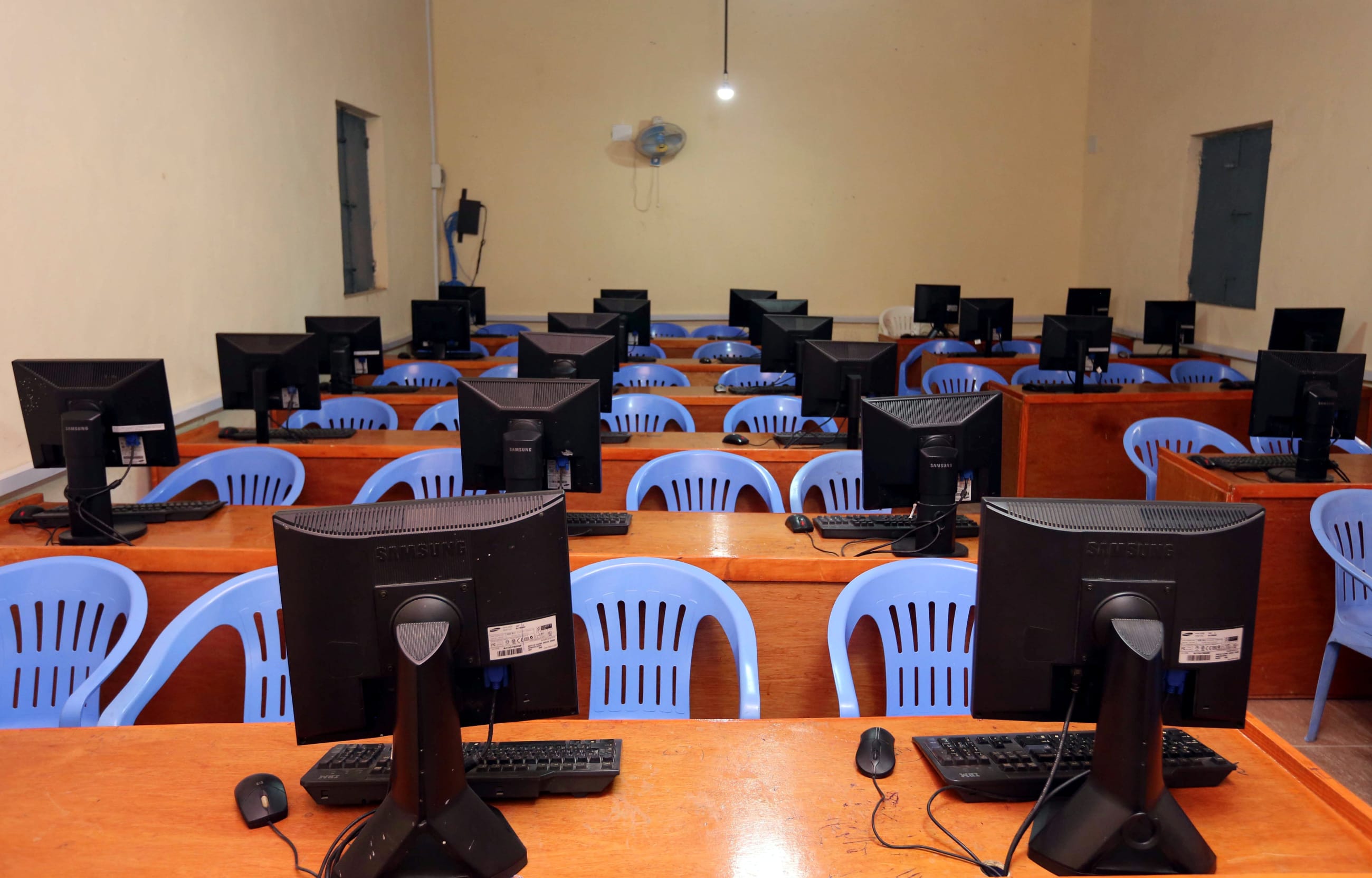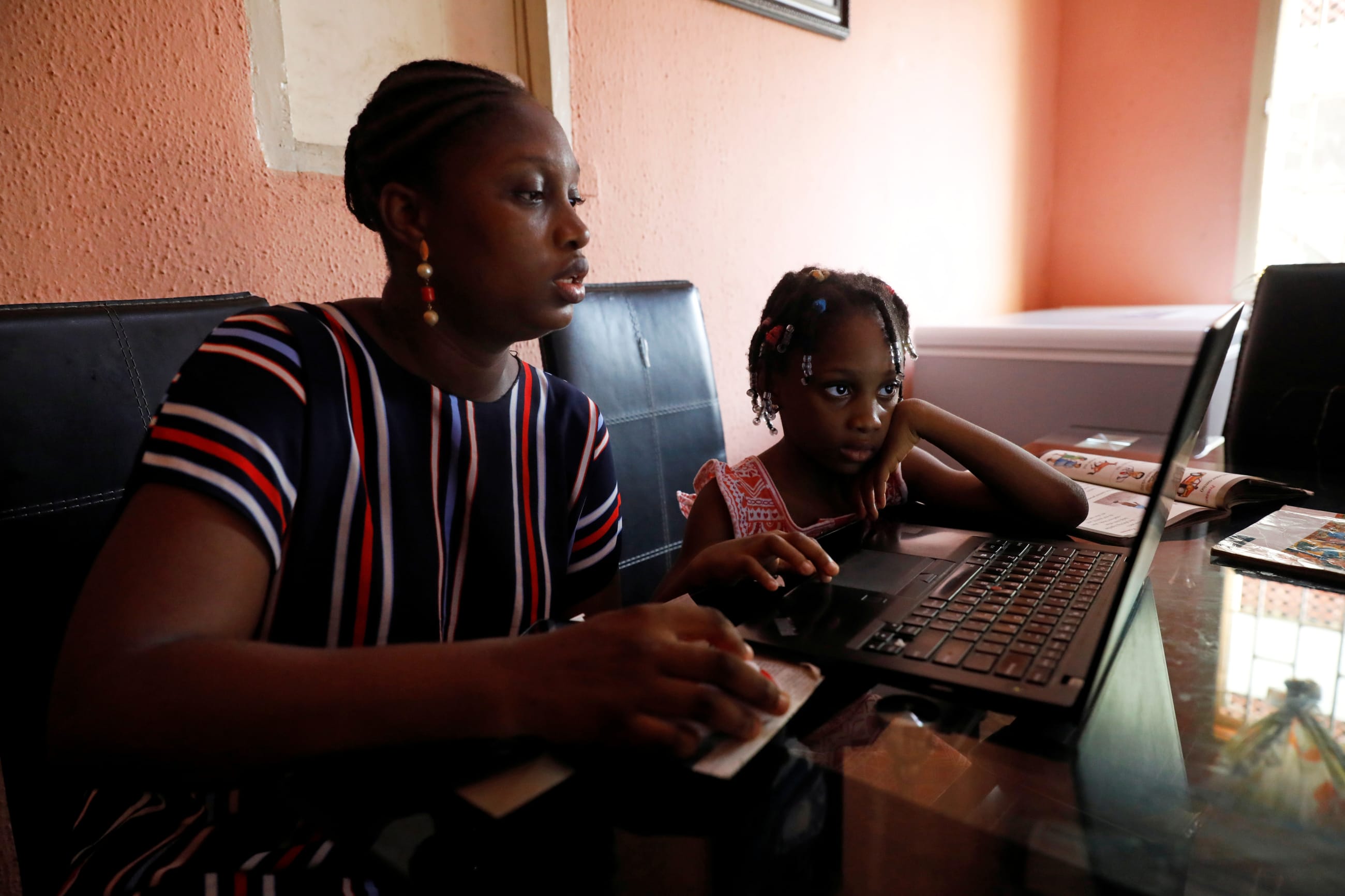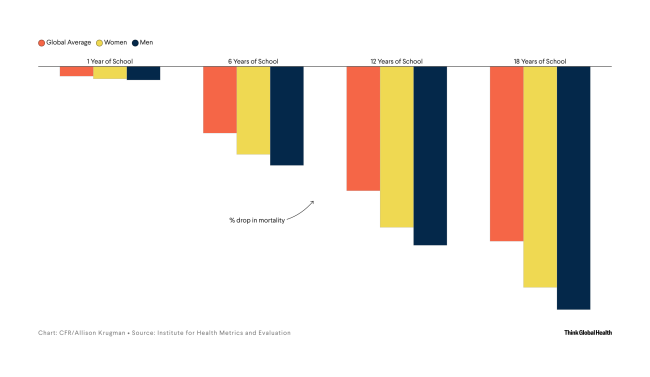The COVID-19 pandemic accelerated a digital transformation in education across the globe. Almost overnight, schools shifted to online learning to mitigate the disruption to academic activities.
Although this transition was necessary to avoid learning loss, it came with unintended consequences—particularly in low-resource settings. The shift, once hailed as a great equalizer, instead deepened inequalities and introduced physical and mental health burdens on vulnerable student populations.
Even in the aftermath of the pandemic, many educational institutions continue to adopt hybrid or fully online models of instruction. However, the long-term health effects of prolonged digital learning, particularly on students in under-resourced regions, remain under-explored in public discourse. In countries such as Nigeria—where for 13 years I have taught and mentored students across various universities— the digital divide is not just a technical gap. It is a health emergency in disguise.
Access to the internet, availability of digital devices, and digital literacy are among the most urgent digital determinants of health
The challenges of digital migration are often measured by infrastructure indicators such as internet access, device availability, and bandwidth. In 2024, a joint study led by the World Health Organization, Europe, and the London School of Economics reported that access to the internet, availability of digital devices, and digital literacy are among the most urgent digital determinants of health.
Yet, for students in northern Nigeria and similar low-resource environments, the digital learning experience goes beyond technical limitations. It exacts a toll on the mind and body, and the consequent risks toward physical, mental, and social health remain under-addressed.
Mental Health
Mental health and digital well-being remain some of the least addressed aspects of the digital education transition in low-resource settings. Cultural stigma and lack of access to psychological services mean that many students suffer in silence. Universities in Nigeria and other low- or middle-income countries typically do not have robust mental health programs, and online counseling remains a luxury available to only a few.
The abrupt shift to digital platforms caused students to lose access to in-person support systems such as peer groups, academic mentors, and extracurricular activities that traditionally serve as buffers against stress. The World Health Organization, in collaboration with the Health Behaviour in School-Aged Children released a study warning of a growing mental health crisis among children and young people due to pandemic disruptions. However, little has been done to translate these warnings into targeted interventions for university students in low-resource environments.
The Human Cost of Digital Learning
Students in low-resource settings often lack access to personal laptops, stable electricity, suitable devices, or quiet environments to study. More than 66% attend online classes and complete assignments using smartphones, and nearly 40% lack a functional, online-ready smartphone for effective participation. Hours spent staring at small screens without ergonomic support have led to increased complaints of eye strain, poor posture, and chronic fatigue.

Postpandemic disruptions and new routines that could be linked to changes brought about by digital learning have contributed to rising reports of anxiety, depression, and stress-related symptoms. Those trends are consistent with emerging global burden of disease literature on the increase in the major depressive and anxiety disorders after the pandemic.
A 2022 study in Brazil indicated that the majority of university students enrolled in online classes experienced heightened levels of stress and anxiety during the pandemic. Although similar data from northern Nigeria remains limited, anecdotal evidence and small-scale surveys indicate that students experience these symptoms due to unstable internet connections, high data costs, and academic disruptions.
Gendered Disparities
The pressure to complete classwork without having the necessary learning tools and support systems leaves many students feeling isolated and overwhelmed. For female students, the burden is even greater. Cultural expectations often require women to manage household responsibilities alongside academic demands. Unlike their male counterparts, many juggle care-giving roles, domestic chores, and online classes simultaneously. Although preliminary observations from 36 countries suggest that the cumulative burden of these responsibilities has a negative impact on academic performance and mental well-being, a paucity of robust, population-specific evidence remains. Future research, particularly longitudinal studies and meta-analyses targeting the affected demographic, is essential to substantiate and quantify these effects.
Such gendered disparities have been documented globally. A UN Educational, Scientific and Cultural Organization report from 2021 noted that the digital shift had a disproportionate effect on girls and young women in developing countries, often limiting their access to education and exacerbating existing inequalities.
Toward an Equitable Digital Future
The road to digital equity requires a multidimensional approach. To ensure that students enjoy a seamless transition to online learning, governments and institutions should adopt a comprehensive framework to address the intersection of digital learning and student well-being in low-resource settings.
Instructors should begin with systematic needs assessments, ensuring that the unique digital and health-related challenges students face are identified and prioritized. Using such evidence, institutions can design awareness and wellness programs [PDF] that provide guidance on issues such as healthy screen time management, ergonomics, and coping strategies for stress and anxiety linked to digital education. At the same time, strengthening the digital infrastructure by incorporating flexibility in learning delivery using asynchronous content and low-bandwidth options, thereby making education more accessible and equitable, is essential.
Equally important is the need to empower mental health support systems within academic environments. This includes building peer support networks, expanding access to telecounseling services, and training academic staff to recognize and support at-risk students. Finally, a transformative approach requires student codesign, in which students are active participants in shaping digital learning models. By incorporating student voices, experiences, and challenges into decision-making, institutions can ensure that emerging educational models are both contextually relevant and inclusive.
Digital migration in education was an essential response to an unprecedented global crisis. Yet, in the urgency to go online, the unequal burdens students in low-resource settings carry were too often overlooked. If governments are to create a truly inclusive and sustainable digital future, they should confront those hidden costs head-on. This means integrating health, equity, and student voices into every stage of digital education design.
It is not merely an academic concern: It is a matter of public health, social justice, and global equity.













